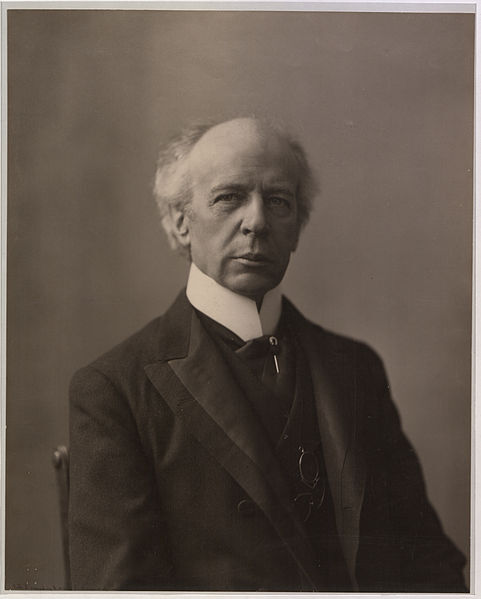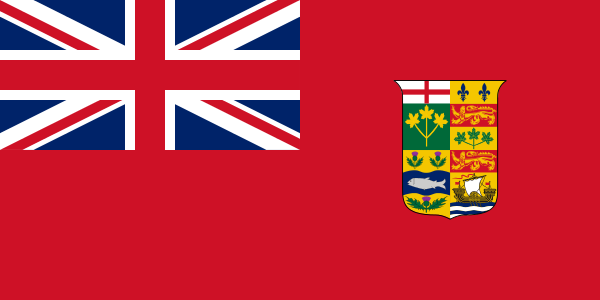Nationalism is a school of thought that aims to advance or defend a nation.
As early as 1763, a sense of belonging to a Canadian nation began to develop in the Province of Quebec: it was the beginning of Canadian nationalism. After Confederation (1867), people across the country began experiencing a growing sense of being fully fledged Canadian citizens as part of an independent nation.
Many were proud to belong to the British Empire, especially during conflicts involving the United Kingdom, when numerous Canadians felt Canada should lend their old mother country financial and military aid. This was the case during both the Boer War (1899) and World War I (1914–1918).
Wilfrid Laurier, Prime Minister of Canada from 1896 to 1911, was one of the historical figures who promoted nationalism in the hopes of unifying Anglophones and Francophones and easing tensions between them. Laurier was proud to belong to the young Canadian nation and maintained that “the 20th century will be Canada’s century.”

Wilfrid Laurier, Prime Minister of Canada, 1896-1911
Just after the birth of the Dominion of Canada, the Canada First movement was created in 1868 to promote the Canadian identity.
Canada gradually became more independent from the United Kingdom. In 1868, the Red Ensign, a flag showing the British Union Jack along with the coats of arms of the four original provinces (Quebec, Ontario, Nova Scotia and New Brunswick) came into use. Even though it was not the official flag, it was flown on merchant navy vessels and elsewhere as of 1892. By 1910, Canada had also created the Royal Canadian Navy.

The Canadian Red Ensign, used between 1868 and 1921